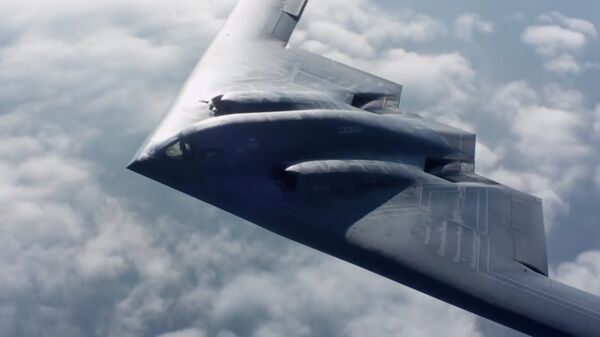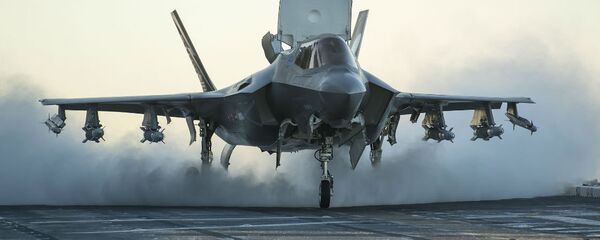The Northrop Grumman stealth jets are receiving upgrades at a time when “military analysts are beginning to question just how long these aircraft can physically last and continue to be credible weapon systems,” according to a Congressional Research Service brief.
“This upgrade is a quantum improvement over the legacy system, providing over a thousand times the processors throughput, memory, and network speed,” Maj. Gen. Jon Norman told the news outlet. With new advances to avionics, radar, sensors, and communications, the bomber will be better equipped for identifying potential targets, Pentagon officials noted.
The processing capacity built into the jets “is the force enabler” for the B-2’s eventual integration of digital nuclear weapons, Norman added.
One feature of the new computing systems could assist the service’s quest for an air-launched guided nuclear cruise missile, the Long Range Stand-Off (LRSO) weapon, the National Interest observed. The US Air Force also believes the new sensors will help with the 20-year old plane’s efforts to improve weapons integration.
The air force has been on a mission to extend the useful life of the B-2s. “With necessary upgrades, the B-2 can perform its mission regardless of location, return to base safely, and permit freedom of movement for follow-on forces,” Air Force Captain Michael Herzog said. The upgrades are viewed as the only way to maintain the aging planes as a credible threat, Herzog added.
"Aerospace industry experts insist that with sufficient funding for sustainment and modernization over their expected lifetimes, all three of the existing bombers [B-52, B-1 and B-2] can physically last and continue to remain credible weapons systems," the Congressional Research Service said.



